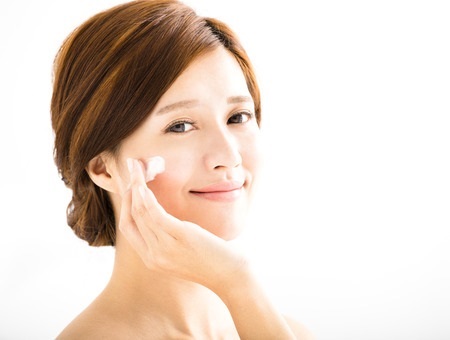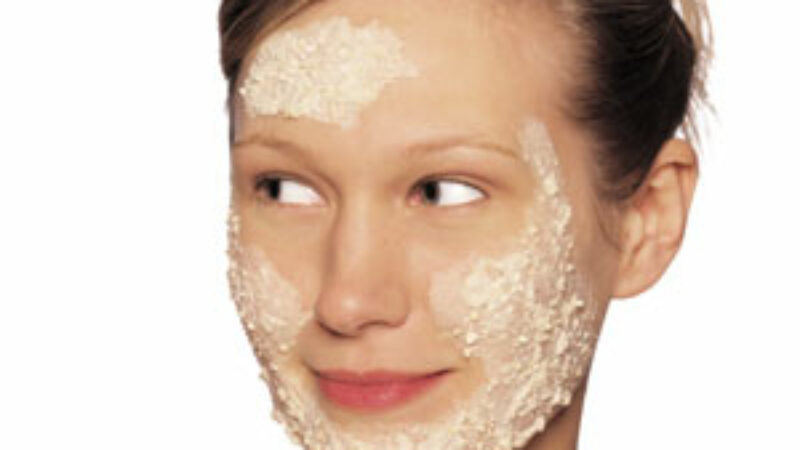Whether for the face or the body, a good moisturizer is an essential part of any skin care routine. With hundreds of choices available, it helps to know what key ingredients to look for and what role they play in promoting healthy, well-hydrated skin. In order to do their job, both basic moisturizers and more luxurious ones that include all the bells and whistles (with the price tag to go with them) should all contain a combination of humectants, emollients and occlusives for maximum effectiveness.
Humectants are water-attracting ingredients which replenish moisture by actually bonding with water-molecules pulled from the air or from water in the product. Humectants then draw the molecules to the surface of the skin for absorption. Some of the more typical skin care humectants are glycerin, ceramides, urea, and “super sponge” hyaluronic acid.
Emollients are ingredients that spread easily to smooth and soften the skin. Many oils, like jojoba and argan, are excellent emollients, as are shea butter and cocoa butter. And while we may automatically think that alcohol is drying, there are some “fatty alcohols” such as cetyl, stearyl or cetearyl alchol that in fact moisturize.
Occlusives are ingredients that play the important role of acting as a protective layer on the skin to minimize any transepidermal water loss. Some emollients, like dimethicone and cyclomethicone, also act as occlusives by sitting on the surface of the skin to create a barrier while imparting a silky feeling to the skin. Petroleum jelly is an extremely effective occlusive as are many waxes.
For those who are leaning toward more natural skin care over synthetic or chemically synthesized products, opting for a moisturizer with natural humectants, emollients and occlusives is a great way to minimize your chemical load while still giving your skin the hydration it needs.
Whichever moisturizer you choose, applying on clean, damp skin will help the active ingredients to absorb as well as lock in the moisture.



